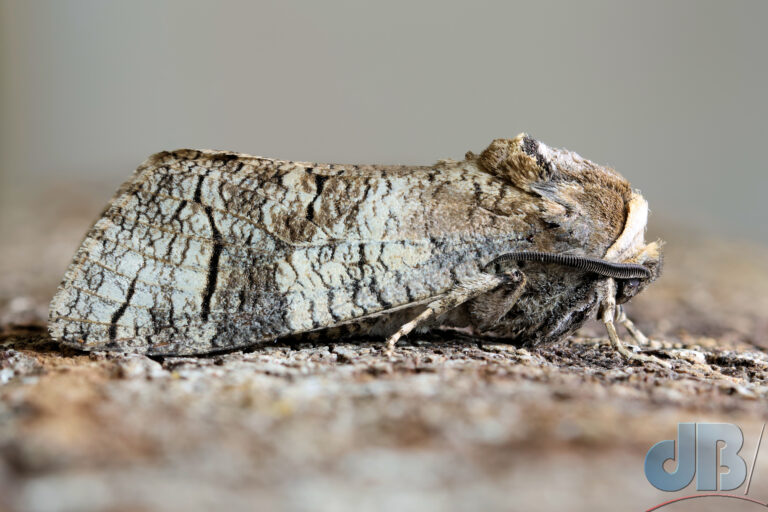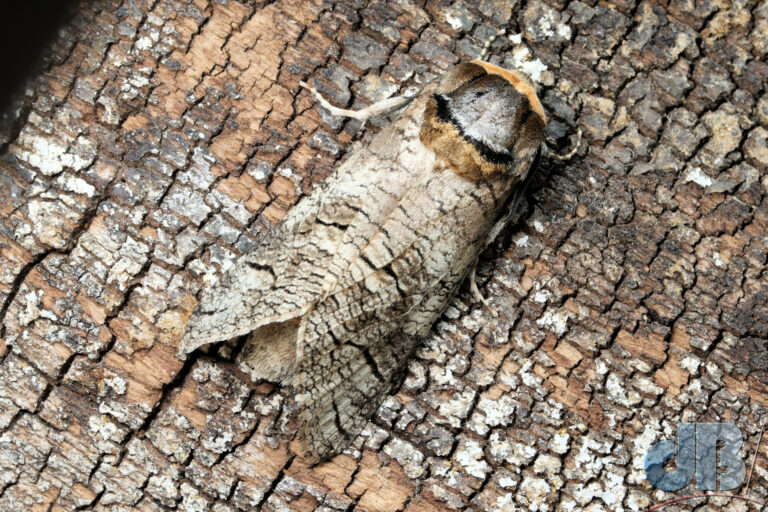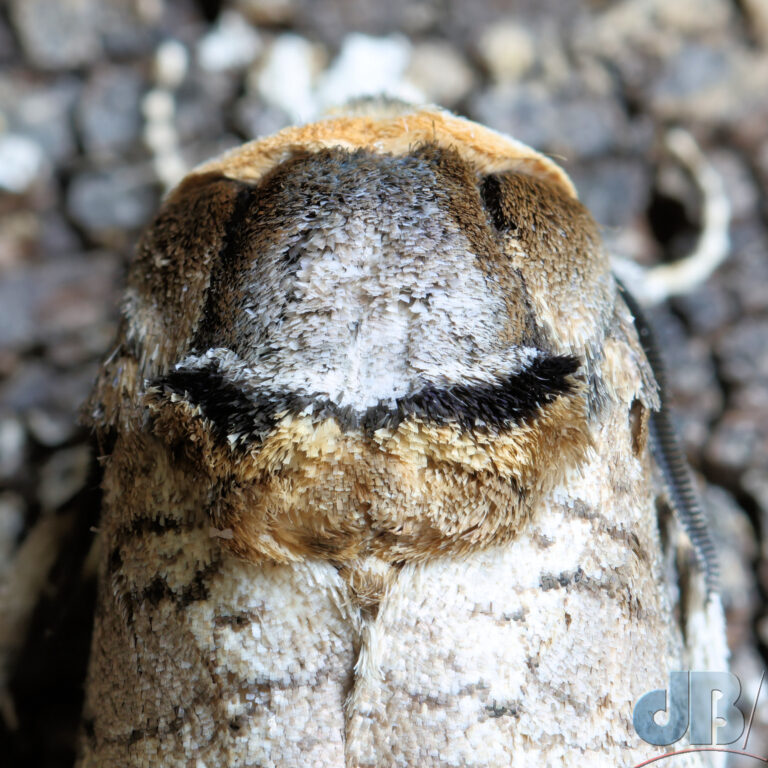You know what really gets my Goat Moth? A UV lamp in the garden on a balmy, but wet, late spring night.

This chunky creature, the UK’s heaviest moth, is a Goat Moth, Cossus cossus. It’s called the Goat because its enormous larvae smell characteristically caprine.

It’s a proper bucket-list moth for a lot of mothers because it is increasingly scarce and not commonly seen in England even in areas that might be referred to as its strongholds. Cambridgeshire is one of those. I potted it photographed it, and then shared it far and wide to envious acclaim. It has now been rewilded some way away from the garden and is unlikely to return.

Its larvae are very big and burrow into deciduous trees to feed on wood. This species and its relatives are known collectively as carpenter moths because of their wood work. Digesting wood takes a long time, so the larvae (caterpillars) might live for five years before pupating. The decline of the species is sadly most likely due to property developers and farmers grubbing out woodland to make way for housing and crops.

So, that thing about the larvae smelling like goats? Basically, they produce various chemicals that have strong odours as a deterrent, several of these chemicals are also exuded by male goats and present in their urine, for instance. – butyric acid (which is generally thought to smell rather unpleasantly of human vomit or body odour), valeric acid (also an unpleasant sweaty-smelling compound found in porcine ordure), caproic acid (given the name, a goaty, caprine, smell), and caprylic acid (also has a rancid, goaty smell).
